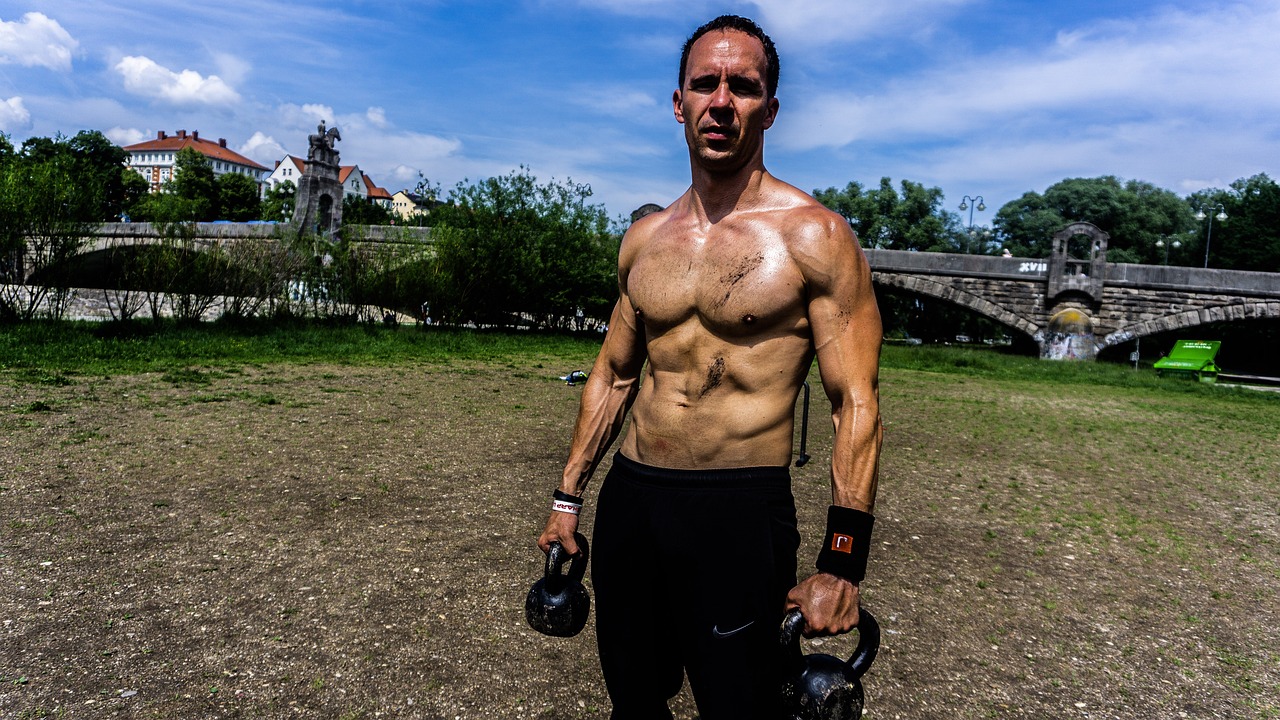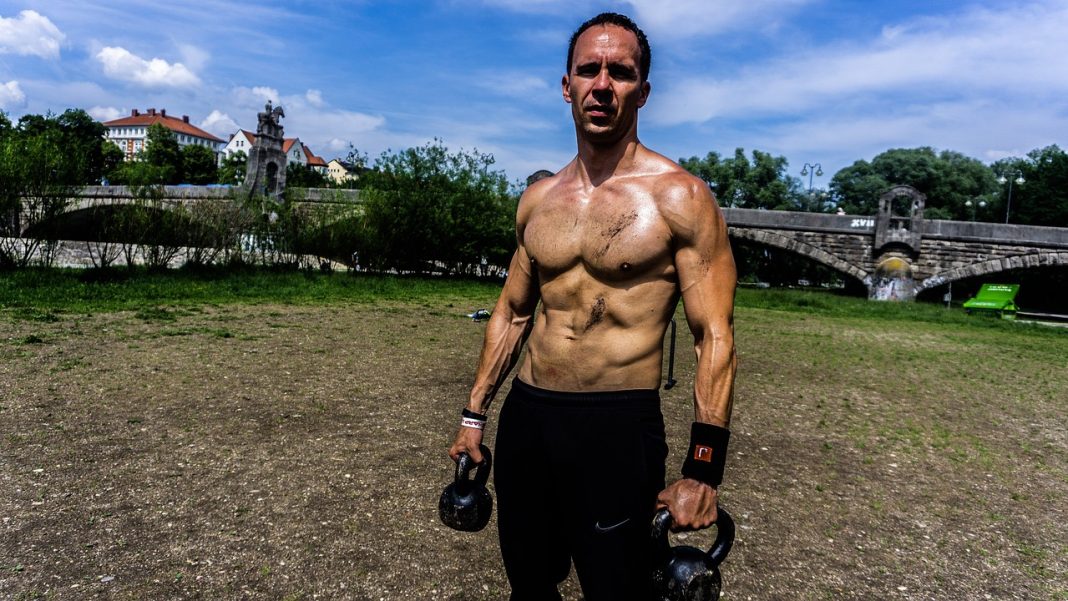
Male breast cancer, although rare, is a serious health concern that affects men of all ages. Despite the low incidence rate, it is essential to understand the risk factors, prevention and treatment strategies associated with this condition. In this article, we will explore the latest research and medical recommendations on male breast cancer, providing valuable insights for men and their families. With a focus on prevention and early detection, we aim to raise awareness about this often-overlooked form of cancer and empower men to take proactive steps towards their health and wellbeing.
1. Understanding Male Breast Cancer: Risk Factors and Symptoms
- Age: Male breast cancer is more common in older men, with the majority of cases occurring in those over 60 years old.
- Family history: Men with a family history of breast cancer, particularly in a first-degree relative such as a mother, sister or daughter, are at higher risk.
- Genetic mutations: Certain genetic mutations, such as BRCA1 and BRCA2, can increase the risk of male breast cancer.
- Liver disease: Men with liver disease, such as cirrhosis, have an increased risk of male breast cancer.
- Exposure to estrogen: Men who have been exposed to high levels of estrogen, such as those who have undergone hormone therapy or who have a condition called Klinefelter syndrome, are at higher risk.
Male breast cancer can present with a variety of symptoms, including:
- A lump or swelling in the breast tissue
- Nipple discharge
- Nipple retraction or inversion
- Skin changes, such as redness or scaling
- Enlarged lymph nodes under the arm
It is important to note that these symptoms can also be caused by other conditions, and having any of these symptoms does not necessarily mean that a person has male breast cancer. However, if any of these symptoms are present, it is important to see a healthcare provider for evaluation and diagnosis.
2. Prevention Strategies for Male Breast Cancer: Lifestyle Changes and Screening
Although male breast cancer is rare, it is still important for men to take preventative measures to reduce their risk. Lifestyle changes can play a significant role in preventing breast cancer in men. Here are some strategies:
- Exercise regularly: Regular physical activity can help decrease the risk of developing breast cancer. Aim for at least 30 minutes of moderate exercise per day.
- Maintain a healthy weight: Being overweight or obese can increase the risk of breast cancer. Maintaining a healthy weight through a balanced diet and regular exercise can help reduce the risk.
- Avoid alcohol: Consuming alcohol can increase the risk of breast cancer. If you do choose to drink, limit your intake to no more than one drink per day.
- Avoid exposure to radiation: Exposure to radiation, such as from medical imaging tests, can increase the risk of breast cancer. Talk to your doctor about the risks and benefits of any imaging tests you may need.
In addition to lifestyle changes, screening is also an important preventative measure for male breast cancer. Men should be aware of any changes in their breast tissue and report them to their doctor immediately. Regular breast exams and mammograms may also be recommended for men who are at high risk for breast cancer. It is important for men to discuss their risk factors and screening options with their doctor.
3. Treatment Options for Male Breast Cancer: Surgery, Radiation, and Hormone Therapy
Male breast cancer is a rare disease that affects less than 1% of all breast cancer cases. However, it is important to know that treatment options for male breast cancer are similar to those for female breast cancer. The three main treatment options for male breast cancer are surgery, radiation, and hormone therapy.
Surgery is the most common treatment for male breast cancer. The goal of surgery is to remove the tumor and any surrounding tissue that may contain cancer cells. Depending on the size and location of the tumor, a mastectomy (removal of the entire breast) or a lumpectomy (removal of the tumor and a small amount of surrounding tissue) may be recommended. After surgery, additional treatment may be recommended, such as radiation or hormone therapy. Radiation therapy uses high-energy x-rays to kill cancer cells that may have been left behind after surgery. Hormone therapy is used to block the effects of estrogen, which can stimulate the growth of some types of breast cancer cells. In conclusion, male breast cancer is a rare but serious condition that requires prompt attention and appropriate treatment. While the exact causes of male breast cancer are not yet fully understood, there are several known risk factors that can increase the likelihood of developing the disease. By adopting healthy lifestyle habits, undergoing regular screenings, and seeking medical attention at the first sign of symptoms, men can take steps to reduce their risk of developing breast cancer and improve their chances of successful treatment. With continued research and awareness, we can work towards better prevention and treatment strategies for male breast cancer, ultimately improving outcomes and quality of life for those affected.








